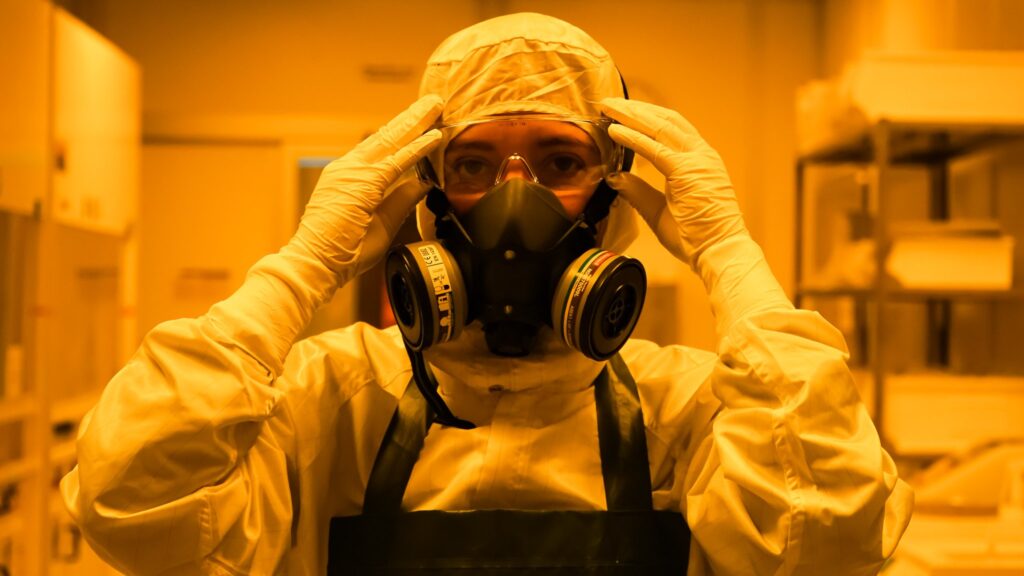The demand for low-cost and low-power consumption solutions for high-resolution seismic and gravity measurements is on the rise. This is largely due to the increasing need for accurate and reliable data for various applications such as geotechnical surveying, navigation systems, or natural hazards monitoring, for example, earthquakes. This information is usually obtained using very sensitive instruments such as accelerometers. Accelerometers, as the name suggests, measure acceleration, i.e. velocity over time, and are commonly used in various applications from smartphones and cars to navigation systems and aeroplanes. INL researchers have developed a new mechanism to improve sensitivity and noise reduction in accelerometers. More specifically, the electronic readout is typically the bottleneck that limits sensitivity/resolution in accelerometers using capacitive transduction (the commonly used mechanism). With the prototype developed at INL, researchers are using their expertise in Micro Electronic Mechanical Systems, known as MEMS structures, to increase the accuracy of accelerometers. Rosana Dias, the researcher at the Integrated Micro and Nanotechnologies research group, explains that “the duration of pull-in non-linear transitions is very sensitive to external forces, under specific actuation and damping conditions. We are using know-how on the electrostatic pull-in dynamic behaviour of MEMS structures and the interaction of the several force contributions to […]
Read more


